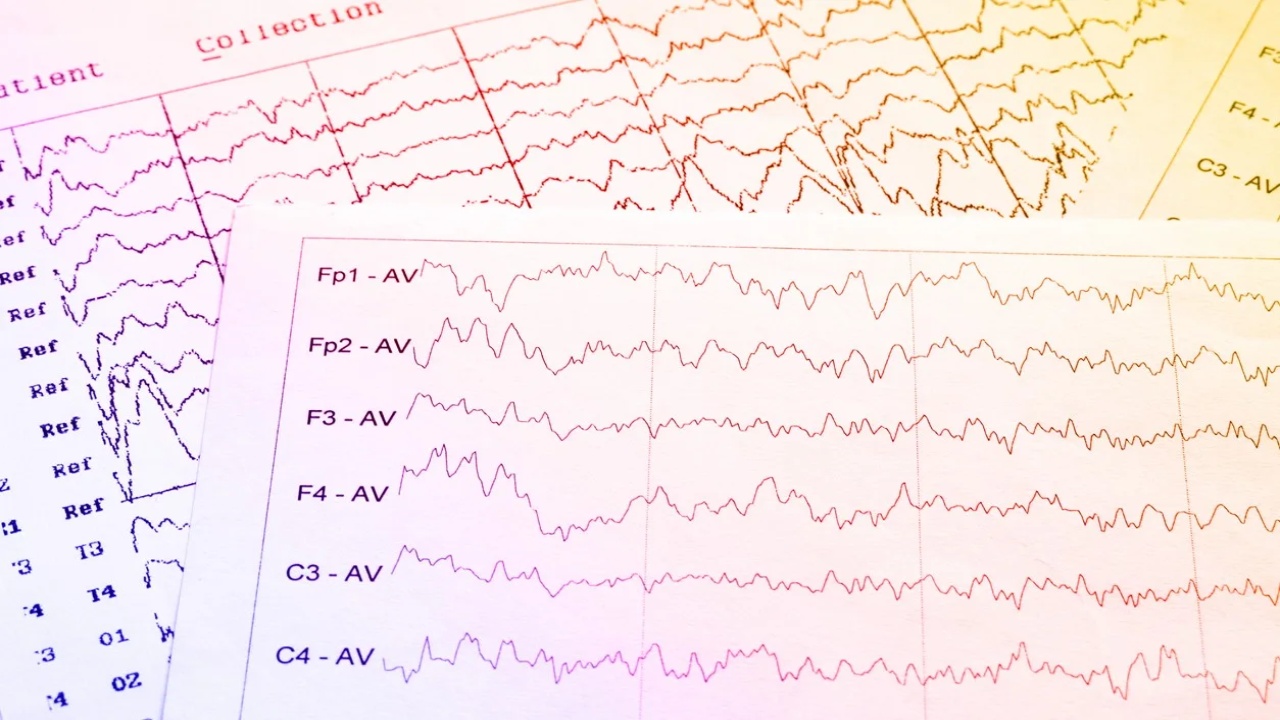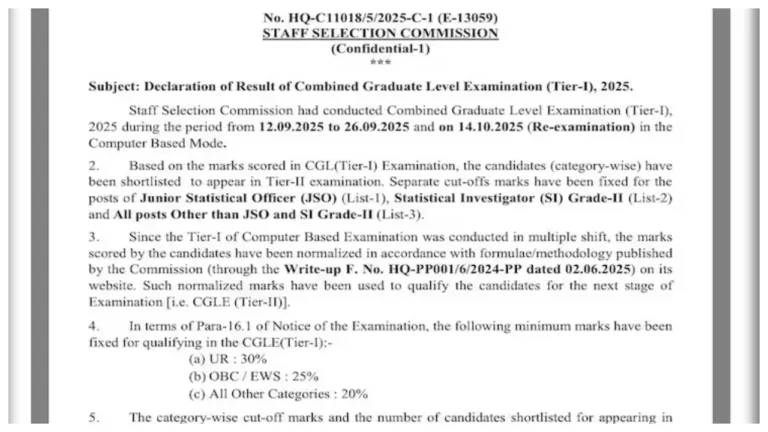Sermorelin, a synthetic peptide comprising 29 amino acids, has garnered attention in scientific research due to its potential to stimulate the secretion of growth hormone (GH) from the anterior pituitary gland. By mimicking the activity of the endogenous growth hormone-releasing hormone (GHRH), Sermorelin is believed to influence various physiological processes. This article delves into the speculative implications of Sermorelin in research domains such as sleep regulation and other areas of interest.
Potential Role in Sleep Research
Sleep is a fundamental physiological process essential for cognitive function, metabolic regulation, and overall function. Researchers have been interested in the intricate relationship between GH secretion and sleep architecture. Studies suggest that GH levels and slow-wave sleep (SWS) are interdependent, with GH secretion peaking during the SWS phases. Over time, both GH secretion and SWS duration reportedly decline, leading to hypotheses that interventions targeting GH pathways might influence sleep quality.
Sermorelin’s potential to stimulate endogenous GH release has led to investigations into its potential impact on sleep patterns. Experimental studies have suggested that Sermorelin exposure may decrease wakefulness and increase SWS duration. These findings propose that Sermorelin might modulate sleep architecture, potentially enhancing restorative sleep phases. However, further research is necessary to elucidate the underlying mechanisms and confirm these impacts in different models.
Possible Interaction with Orexin Systems
Orexins, also believed to be hypocretins, are neuropeptides produced in the hypothalamus that plays a crucial role in regulating copulatory arousal, wakefulness, and hunger hormone signaling. Dysregulation of orexin systems has been implicated in sleep disorders such as narcolepsy. Research indicates that the GH axis might influence orexin levels, suggesting a possible link between GH secretion and orexin-mediated pathways.
It has been hypothesized that Sermorelin, by promoting GH release, might indirectly affect orexin activity, thereby influencing sleep-wake cycles and energy homeostasis. This speculative interaction presents a novel avenue for exploring how the modulation of GH pathways might impact neuropeptide systems involved in sleep regulation.
Implications for Cognitive Function and Neuroprotection
Beyond its potential role in sleep modulation, Sermorelin’s influence on GH levels may have implications for cognitive function and neuroprotection. GH and its downstream mediator, insulin-like growth factor 1 (IGF-1), are believed to support neuronal growth, synaptic plasticity, and cognitive processes. Age-related declines in GH/IGF-1 axis activity have been associated with cognitive impairments and neurodegenerative conditions.
Research indicates that enhancing GH secretion through agents like Sermorelin might support cognitive functions and offer neuroprotective properties. Research models have suggested that increased GH levels may correlate with supported learning and memory tasks. While these findings are promising, comprehensive studies are required to determine the potential of Sermorelin in cognitive integrity and neurodegeneration.
Metabolic Considerations
GH plays a significant role in regulating metabolism, influencing processes such as lipolysis, protein synthesis, and glucose homeostasis. Alterations in GH levels might impact mass composition, insulin sensitivity, and overall metabolic integrity. Sermorelin’s potential to stimulate endogenous GH release positions it as a candidate for research into metabolic regulation.
Investigations have suggested that Sermorelin exposure might lead to increased lipolysis and supported lean muscular tissue mass in research models. These metabolic changes might have implications for conditions characterized by altered mass composition and metabolic dysfunctions. However, the long-term impacts of Sermorelin-induced GH elevation necessitate thorough investigation.
Cardiovascular Research Potential
Sermorelin’s GH-releasing properties might have significant implications for the cardiovascular system. GH influences cardiac function, vascular tone, and lipid metabolism. Deficiencies in GH have been linked to increased cardiovascular risks, including atherosclerosis and impaired cardiac performance.
Preliminary research suggests that Sermorelin-induced GH elevation might support cardiac output and vascular integrity in experimental models. These findings propose potential implications of Sermorelin in addressing cardiovascular anomalies associated with GH deficiencies. Nonetheless, extensive research is essential to validate these impacts and understand the underlying mechanisms.
Exploration in Cellular Aging and Longevity
The decline in GH secretion is a hallmark of the cellular aging process, often referred to as somatopause. This decline has been associated with various age-related changes, including decreased muscular tissue mass, increased adiposity, and reduced epidermal layer elasticity. Sermorelin’s potential to stimulate endogenous GH production has led to hypotheses regarding its role in mitigating some aspects of cellular aging.
Research indicates that Sermorelin exposure in aged research models may result in supported muscular tissue strength, supported epidermal layer thickness, and overall increased vitality. These speculations suggest that Sermorelin might be a valuable tool in cellular aging research, particularly in exploring interventions aimed at promoting restorative cellular aging. However, translating these findings into practical implications requires careful consideration of long-term impacts and considerations.
Conclusion
Sermorelin has multifaceted potential in various research domains, notably sleep regulation, cognitive function, metabolism, cardiovascular science, and cellular aging. Its potential to stimulate endogenous GH release makes it a valuable tool for investigating the complex roles of GH in physiological and pathological processes. While preliminary findings are promising, comprehensive and longitudinal studies are imperative to fully elucidate Sermorelin’s impacts and research potential across different systems. For more helpful information, read this study.
References
[i] Van der Lely, A. J., & Salgado, J. V. (2006). The effects of growth hormone-releasing hormone analogs in the treatment of metabolic and growth disorders. European Journal of Endocrinology, 154(5), 561-567. https://doi.org/10.1530/eje.1.02195
[ii] Zhu, W., & Li, Y. (2015). Insulin-like growth factor 1 and its role in neuroprotection and cognitive function. Neurobiology of Aging, 36(2), 851-860. https://doi.org/10.1016/j.neurobiolaging.2014.10.034
[iii] Al-Hasani, R., & Bruchas, M. R. (2011). Molecular mechanisms of opioid receptor-dependent signaling and behavior. Annu. Rev. Physiol., 73, 253-275. https://doi.org/10.1146/annurev-physiol-012110-142206
[iv] Brumberg, R., & Packer, J. (2013). Growth hormone-releasing hormone and sleep: Insights into the regulation of sleep and circadian rhythms. Sleep Medicine Clinics, 8(2), 173-180. https://doi.org/10.1016/j.jsmc.2013.02.007
[v] Hannon, M. J., & McLoughlin, P. (2012). Growth hormone and the cardiovascular system. Cardiovascular Endocrinology and Metabolism, 1(2), 38-45. https://doi.org/10.1097/CE9.0b013e31827651b4










